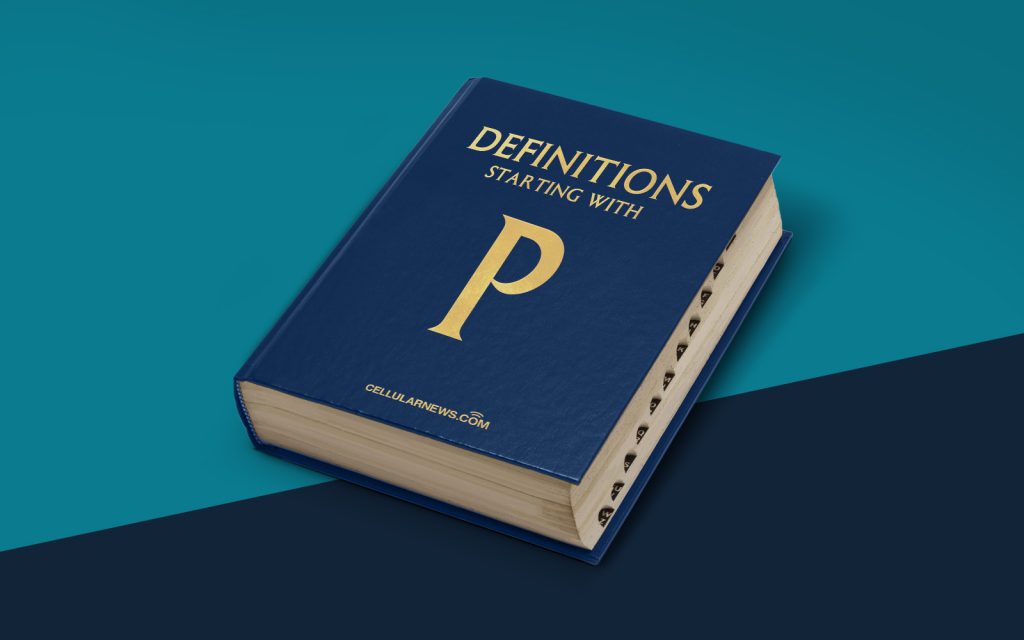
Introducing Punch Cards: Unlocking the Secrets of Old-School Technology
Welcome to the fascinating world of punch cards! If you’ve ever heard of punch cards but aren’t exactly sure what they are or how they work, you’ve come to the right place. In this article, we will dive deep into the world of punch cards, exploring their history, purpose, and the impact they had on computing. So, let’s get started!
Key Takeaways
- Punch cards were developed in the late 19th century and used primarily in the textile industry before becoming a central tool in data processing and computer programming.
- Punch cards featured small holes punched into stiff paper or cardboard, with each column representing different data or instructions. These cards were read by specialized machines that interpreted the holes and executed the desired actions.
History of Punch Cards
Punch cards, also known as punched cards or IBM cards, were originally developed in the late 19th century. They were initially used as a way to control textile looms. However, their use quickly expanded to other industries and applications, including data processing and computer programming in the mid-20th century.
Punch cards were made out of stiff paper or cardboard and featured a series of small holes, typically arranged in columns. These holes represented data or instructions that could be read or interpreted by machines. To input data into a punch card, specialized devices called punch card machines were used. These machines allowed users to punch holes into the card according to a predetermined code.
How Punch Cards Worked
Now that we have a basic understanding of punch cards, let’s discuss how they worked:
- Data Encoding: Each column on the punch card represented a specific type of data or instruction. For example, one column might represent a number, while another might represent a letter of the alphabet. By punching holes into the appropriate columns, users could encode data in a punch card.
- Machine Reading: Once the punch card was encoded, it could be read by a specialized machine called a card reader. The card reader would pass the punch card through a series of mechanical sensors that would detect the presence or absence of holes in each column. The machine would then interpret the punched holes as data or instructions and execute the appropriate actions.
Although punch cards are no longer used in modern computing, they played a significant role in shaping the foundations of data processing and computer programming. From controlling looms to running early computer programs, punch cards paved the way for the electronic computing era we know today. So the next time you stumble upon a reference to punch cards in an old movie or book, you’ll have a better understanding of the ingenious technology that powered early computing systems.
Thank you for joining us on this journey through the world of punch cards. We hope you found this article informative and engaging. If you have any other questions about punch cards or any other technology-related topics, feel free to reach out. Happy coding!
